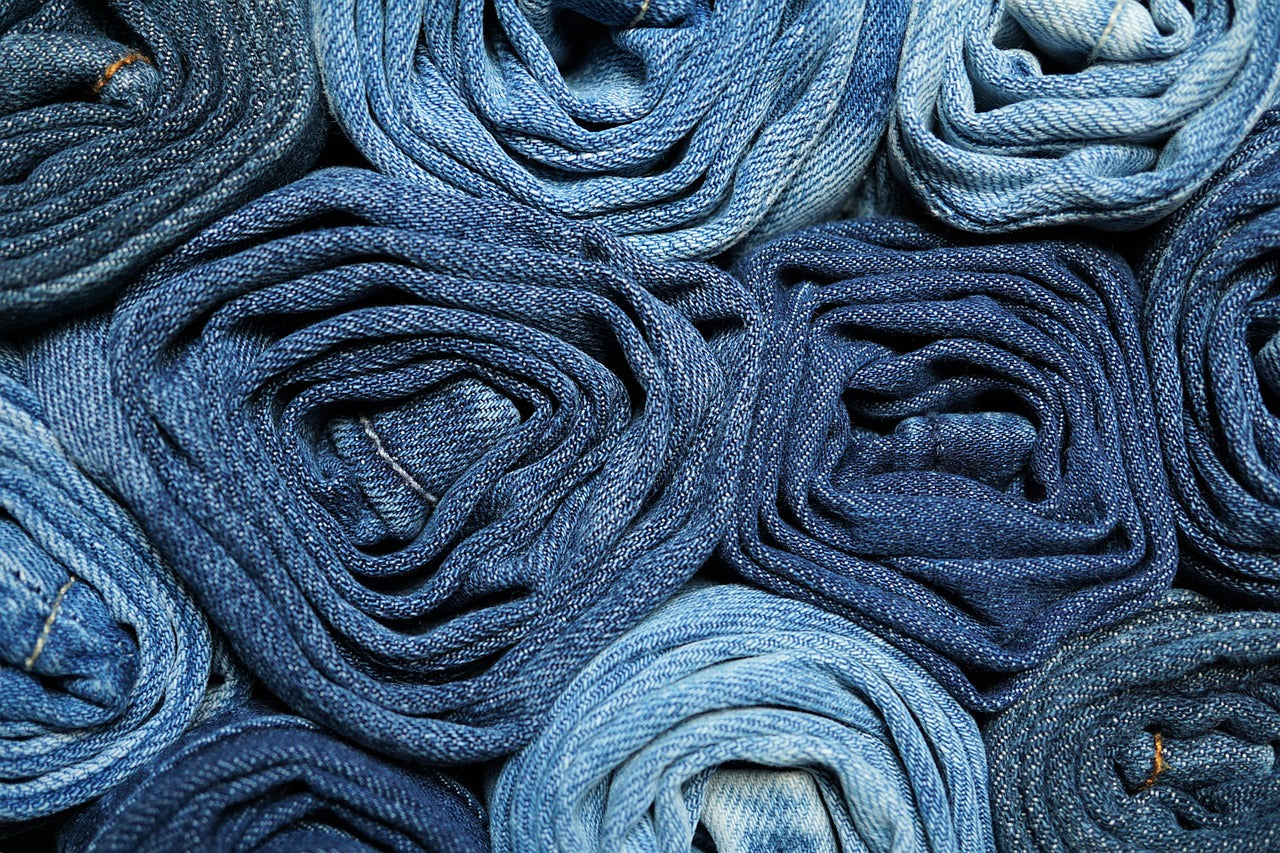Floral prints are a timeless fashion staple, adding a fresh, vibrant, and unique touch to clothing. Whether you love a soft, romantic aesthetic or a bold, eye-catching design, flower print pants can transform any outfit into a statement piece. While ready-made floral pants are available in stores, designing your own offers a personalized approach to fashion.
DIY customization allows for creative freedom, making your clothing one-of-a-kind. Whether you prefer delicate watercolor florals, bright tropical blossoms, or vintage-inspired roses, you can tailor your pants to match your personal style. In this guide, we will walk you through the process of customizing your pants with flower prints, from selecting materials to applying the design and caring for the finished product.
Necessary Materials and Tools
Before you begin customizing, gather the essential materials and tools to ensure a smooth and enjoyable process. Here’s what you’ll need:
Materials:
-
Pants: Choose a pair made from absorbent fabric like cotton, linen, or denim for best results.
-
Fabric Paints: Opt for permanent, washable fabric paints that won’t fade after washing.
-
Fabric Markers: Useful for outlining and adding small details.
-
Stencils: Pre-made floral stencils help achieve precise and consistent designs.
-
Painter’s Tape: Helps secure stencils and create clean lines.
-
Protective Cardboard: Placed inside the pants to prevent paint from bleeding through.
Tools:
-
Paintbrushes: Various sizes for different details (fine brushes for precision, broader ones for background designs).
-
Sponges: Ideal for creating soft, textured floral effects.
-
Iron: Used to heat-set fabric paint, ensuring long-lasting results.
-
Mixing Palette: For blending colors to create custom shades.
-
Sketching Tools: Pencils or tailor’s chalk to map out designs before painting.
By having all these materials ready, you can ensure a smooth and enjoyable customization experience.
Preparing Your Pants for Customization
Proper preparation is crucial to achieving a professional and durable result. Follow these steps to get your pants ready:
1. Washing and Drying
Wash your pants using a mild detergent to remove any fabric coatings that may prevent paint from adhering properly. Avoid using fabric softeners, as they can create a barrier against paint absorption. Let the pants air dry completely before proceeding.
2. Ironing
Once dry, iron the pants to remove wrinkles. A smooth surface ensures even paint application.
3. Securing the Fabric
Place a piece of cardboard inside the pants to prevent paint from seeping through to the other side. If using stencils, secure them with painter’s tape to keep them from shifting.
4. Choosing the Right Pants
Lighter-colored fabrics work best for showcasing vibrant floral prints. However, if using dark-colored pants, opt for opaque fabric paints to ensure visibility.
Designing Your Floral Patterns
The design phase is one of the most exciting parts of the process. Before applying the paint, take time to plan your floral pattern.
1. Finding Inspiration
Look to nature, art, or fashion trends for floral inspiration. Browse online platforms like Pinterest or Instagram to discover unique floral patterns and color combinations.
2. Sketching and Planning
-
Sketch your design on paper first to visualize the composition.
-
Decide on placement: All-over floral prints, scattered flowers, or a concentrated design on specific areas (e.g., pockets, cuffs, or side panels).
-
Select colors that complement your wardrobe and match the style you want to achieve.
3. Test on Scrap Fabric
Before painting on your pants, test the design on a similar fabric to see how the colors blend and dry.
Step-by-Step Customization Techniques
Now that you have your design ready, it’s time to apply it to your pants. Below are three popular techniques for creating floral prints.
1. Stenciling
Stenciling is great for beginners who want a polished, symmetrical look.
-
Secure the stencil to the fabric using painter’s tape.
-
Use a sponge or brush to dab paint over the stencil openings.
-
Gently remove the stencil and let the paint dry before moving to the next section.
2. Hand-Painting
For those who enjoy freehand work, painting directly onto the fabric creates an artistic, custom look.
-
Use a fine brush to outline flowers before filling them in with color.
-
Layer different shades to add depth and realism.
-
Allow paint to dry between layers to avoid smudging.
3. Using Fabric Markers
Fabric markers are perfect for intricate details and delicate designs.
-
Outline petals and leaves before adding color.
-
Use different tip sizes for variety in strokes.
Whichever technique you choose, ensure even paint distribution and allow each layer to dry before proceeding.
Setting and Caring for Your Customized Pants
To keep your flower print pants looking fresh and vibrant, follow these steps for setting and maintenance:
1. Heat-Setting the Paint
Most fabric paints require heat-setting to prevent fading. Follow these methods:
-
Ironing: Place a cloth over the painted area and iron on a medium setting for 3–5 minutes.
-
Oven Heat-Setting: If fabric permits, bake at low heat (300°F) for 5 minutes.
2. Washing and Maintenance
-
Turn pants inside out before washing.
-
Use cold water and mild detergent.
-
Avoid harsh scrubbing or bleaching.
-
Air dry instead of using a dryer to prevent cracking or fading.
Styling Your Customized Floral Pants
Your new custom pants are a fashion statement! Here’s how to style them for different occasions:
1. Casual Outings
-
Pair floral pants with a neutral t-shirt and sneakers for an effortless daytime look.
2. Office Wear
-
Combine with a structured blazer and loafers for a chic yet professional ensemble.
3. Evening Events
-
Elevate the look with a silk blouse, statement jewelry, and heels.
Mix and match different accessories to make the pants work for multiple occasions.
Troubleshooting Common Issues
Even experienced DIYers encounter challenges. Here are quick fixes:
-
Smudged Paint: If paint smudges while still wet, use a damp cloth to blot it carefully. For dried smudges, gently scrape excess paint and repaint the area if necessary.
-
Uneven Stenciling: To fix gaps or irregular patterns, use a fine brush to carefully touch up details and enhance the design.
-
Paint Bleeding: Prevent this by applying thin layers of paint and using minimal water. If bleeding occurs, incorporate the imperfection into the design by blending colors.
Advanced Techniques for Experienced DIYers
For those who want to take their customization to the next level, consider these advanced techniques:
-
Embroidery: Hand-stitch floral outlines or details to add texture and depth to your design.
-
Fabric Dyeing: Experiment with gradient or tie-dye effects to complement your floral patterns.
-
Layered Printing: Combine stenciling and hand-painting techniques to create a visually dynamic, multi-layered effect.
These methods provide a unique and professional touch, enhancing the overall aesthetic of your customized pants.
(Source: @mike_fortune)
Customizing your pants with flower prints is a rewarding DIY project that allows you to express your creativity through fashion. Whether you choose stenciling, hand-painting, or fabric markers, your customized pants will be a standout addition to your wardrobe.
For high-quality fabric paints and tools to enhance your DIY projects, explore Angelus Direct’s range of products designed for long-lasting and vibrant customization.
FAQs
1. How to choose the best fabric paint for longevity and vibrancy?
High-quality fabric paints designed for washability and flexibility are best. Angelus Direct offers a range of durable options ideal for customization.
2. Can these techniques be applied to other clothing items?
Yes! You can use the same methods to customize jackets, skirts, or even tote bags.
3. How to scale a design for different sizes of pants?
Use tracing paper to adjust the pattern and test placement before applying paint.
4. What are the best practices for color fastness?
Heat-setting the paint properly and washing in cold water will help maintain color vibrancy.
5. Are there eco-friendly alternatives to traditional fabric paints?
Yes! Look for water-based, non-toxic paints that are safe for the environment and fabric.

